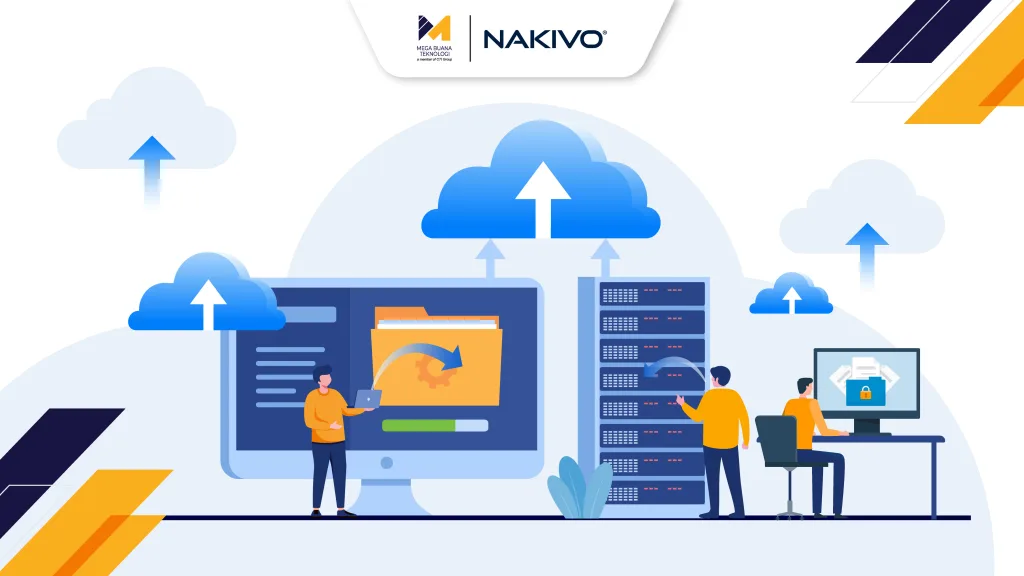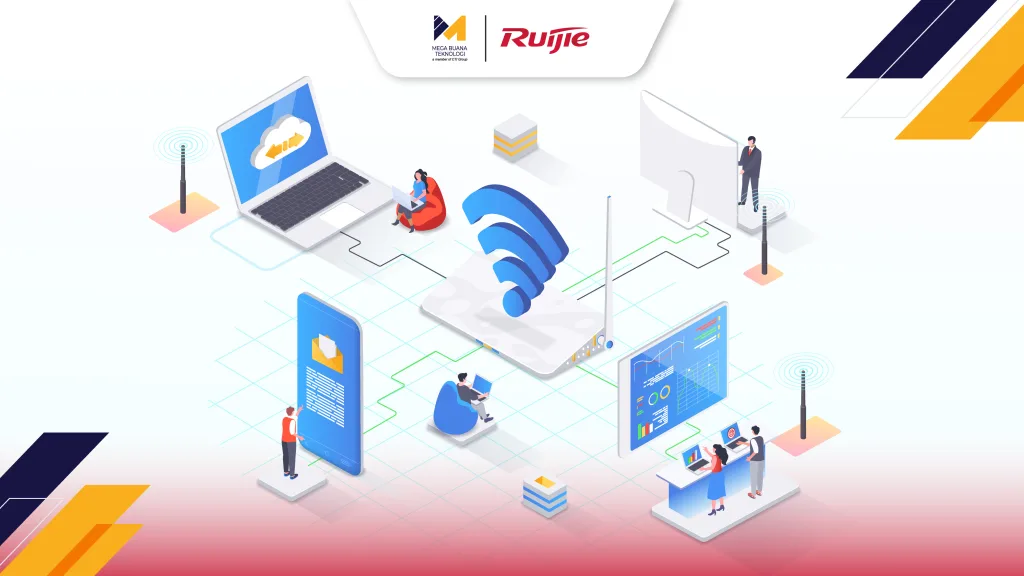Virtualization first emerged in the 1960s as a way to make better use of expensive computing hardware. Over the decades, it has evolved into one of the cornerstones of modern IT infrastructure. By allowing multiple systems to run on a single physical machine, virtualization has transformed how businesses manage technology, improving efficiency, cutting costs, and enabling agility at scale.
In this article, we’ll break down what virtualization is, why it’s so valuable, and the key types every organization should understand.
What Is Virtualization?
At its core, virtualization is a technology that allows a single physical server to host multiple operating systems or applications at once. The magic happens through a layer of software called a hypervisor, which separates the hardware from the software layer.
This setup means each application or system runs independently in its own “virtual machine.” The result? Businesses can maximize hardware usage, reduce the need for additional servers, and manage IT resources far more flexibly.
Why Virtualization Matters
Virtualization has become a mainstay in today’s data centers and cloud environments for one simple reason, it makes technology work harder and smarter. Here are some of its biggest advantages:
1. Better Resource Utilization
Virtualization lets one physical machine run multiple workloads efficiently, ensuring computing power never goes to waste.
2. Cost Efficiency
With fewer physical servers needed, companies save on hardware, maintenance, and energy costs, all while simplifying operations.
3. Stronger Security
Each virtual environment is isolated, so if one application encounters a problem or security threat, it doesn’t affect the others.
4. Seamless Scalability
Adding or adjusting capacity is as simple as creating or resizing a virtual machine, no new hardware required.
5. Faster Disaster Recovery
Virtual machines can be easily cloned, backed up, or moved to another host, helping businesses recover from outages faster than ever.
The Main Types of Virtualization
Virtualization comes in many forms, each designed to meet different IT needs. Below are six of the most common types you’ll encounter:
1. Server Virtualization
Allows one physical server to be divided into multiple virtual servers, each with its own operating system and resources. This improves performance, utilization, and management flexibility.
2. Desktop Virtualization
Hosts multiple desktop environments on a single machine, enabling centralized management and remote access. Perfect for distributed teams or hybrid work setups.
3. Application Virtualization
Separates applications from the underlying operating system, allowing them to run in isolated environments — minimizing compatibility issues and improving security.
4. Network Virtualization
Combines multiple network resources into one manageable, virtualized environment, improving control, flexibility, and scalability.
5. Storage Virtualization
Pools multiple physical storage devices into a single virtual storage system, making data management easier and more efficient.
6. Data Virtualization
Creates a unified virtual layer of data from multiple sources, without physically moving it, simplifying analytics and integration.
How Businesses Use Virtualization
Virtualization isn’t just about saving space or cutting costs — it’s about enabling smarter, faster, and more resilient IT operations. Here are some of the most common business applications:
Accelerated Development and Testing
Developers can build and test software in virtual environments that mimic production systems, without the need for extra hardware.
Improved Data Security
By isolating systems and applications, virtualization helps protect sensitive data and minimize the risk of breaches.
Scalable Infrastructure
Virtualization makes it easy to expand capacity during peak demand or scale down during quieter periods, helping companies stay efficient.
Pengurangan Downtime
With live migration, virtual machines can be moved between servers without service interruptions, keeping operations running smoothly.
Optimized Data Centers
Running multiple virtual servers on fewer physical machines reduces power usage, space requirements, and carbon footprint.
Maximizing Virtualization with Supermicro Servers

To fully unlock the potential of virtualization, choosing the right hardware is essential. Supermicro servers are purpose-built for high performance and reliability, making them a trusted foundation for virtualized environments.
With the latest processors and memory technologies, Supermicro ensures every virtual machine runs at peak efficiency. These servers also feature industry-leading energy efficiency, reducing both power consumption and long-term operational costs.
Security is another key advantage. Supermicro integrates advanced security features to protect virtualized environments from cyber threats. Combined with excellent scalability, these servers allow businesses to easily expand their IT infrastructure as they grow, making Supermicro a smart, future-proof investment.
Best Practices for Virtualization with Supermicro
To get the most out of your Supermicro-powered virtualization setup:
- Assess your workloads carefully to select the right Supermicro configuration for your needs.
- Continuously monitor and fine-tune resources to maintain optimal performance and efficiency.
- Leverage built-in security features to safeguard your virtual infrastructure from evolving threats.
- Plan for growth by choosing scalable hardware that can adapt as your business expands.
- Regularly update and maintain your systems to ensure smooth, secure, and reliable performance.
Why Supermicro Is the Right Choice for Virtualization
Supermicro combines top-tier performance, energy efficiency, and scalability — making it an ideal platform for virtualization. Its commitment to green computing also means lower power usage and reduced costs, without sacrificing performance.
In short, Supermicro delivers the power, reliability, and sustainability businesses need to run modern, virtualized environments efficiently.
Get Supermicro Servers from MBT
Mega Buana Teknologi (MBT), an authorized Supermicro distributor — provides tailored solutions to help businesses embrace digital transformation with confidence.
MBT’s team of experts ensures seamless implementation and operation of your virtualization environment, helping your organization maximize performance, reduce costs, and scale effortlessly.
To learn more about Supermicro’s virtualization solutions, contact MBT today and start optimizing your IT infrastructure for the future.
Author: Danurdhara Suluh Prasasta
Content Writer Intern – CTI Group




